
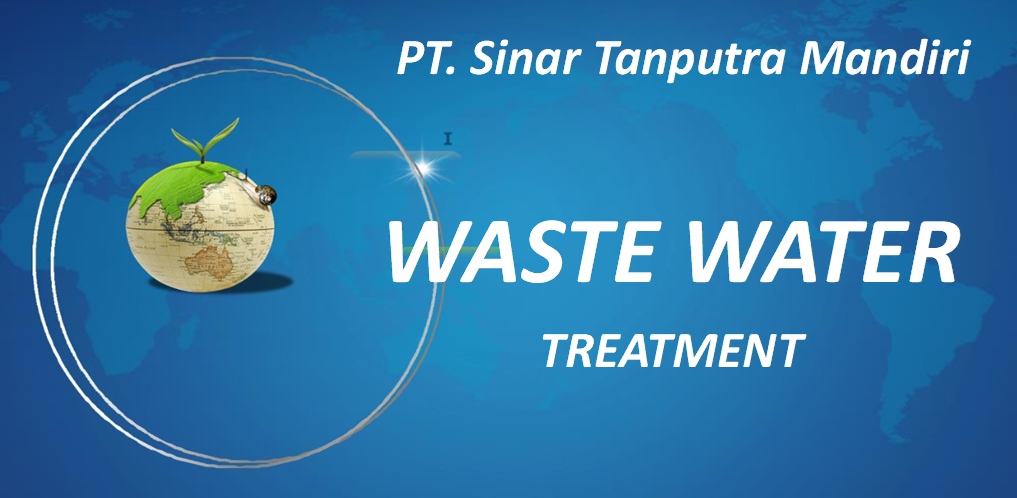
- INDUSTRIAL WASTE WATER
- MINING WASTE WATER
- DEYING WASTE WATER
- DOMESTIC WASTE WATER
- LEACHEAT TREATMENT
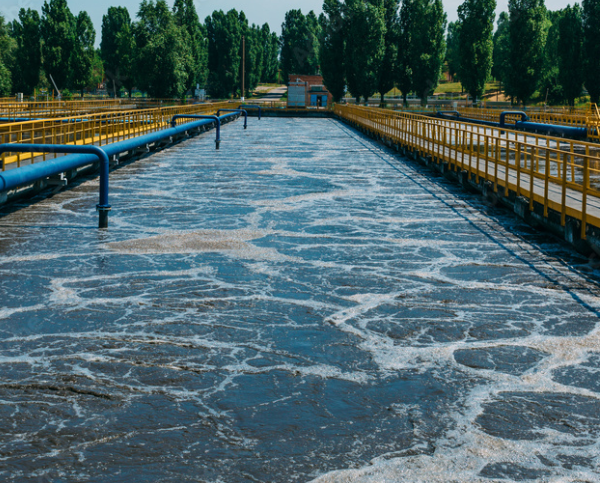
Industrial wastewaters are effluents that is produced by industries as an undesirable by-product from raw material processing and manufacturing. These wastewater streams arise from washing, cooking, cooling, heating, extraction, reaction by-products, separation, conveyance, and quality control resulting in product rejection. Water pollution occurs when potential pollutants in these streams reach certain amounts causing undesired alterations to a receiving waterbody. Examples of industrial wastewaters include those arising from chemical, pharmaceutical, electrochemical, electronics, petrochemical, and food processing industries. Wastewater contains high concentrations of organic matter (e.g. oil and grease), toxic pollutants (e.g. heavy metals, volatile organic compounds) or nutrients such as ammonia. Ineffective wastewater treatment leads to various problems. There are some diseases that affect humans caused by ineffective wastewater treatment.
Industrial wastewater treatment concentrates on reducing organic and chemical levels in water, removing suspended solids, microorganisms, oil and grease and providing pH conditions in accordance with applicable regulations. In wastewater treatment, there are several issues that must be examined. One of which is the high cost required to build the treatment system and the cost of operating the maintenance of the wastewater treatment system. Therefore, it is necessary to select the most appropriate wastewater treatment technology so that wastewater treatment can take place effectively, efficiently and optimally.
Acid mine drainage is an environmental pollutant that occurs due to mining activities. This waste occurs due to the oxidation process of pyrite mineral materials (FeS2) and other sulfide mineral materials that are exposed to the ground surface in the process of extracting mining mineral materials. Chemical and biological processes of these mineral materials produce sulfate with high acidity. High-salinity mine water contains high concentrations of inorganic salts. Acidic mine water is dissolved in water due to heavy metals such as Cu, Zn, Mn, As, Pb, and Cd in coal mines and surrounding rocks. High acidity directly or indirectly affects the quality of the environment and organisms. Mining wastewater treatment concentrates on reducing Biochemical Oxygen Chemical Oxygen Demand (COD), Total Suspended Solids (TSS) parameters, increasing the pH value, iron (Fe) and manganese (Mn) concentration.
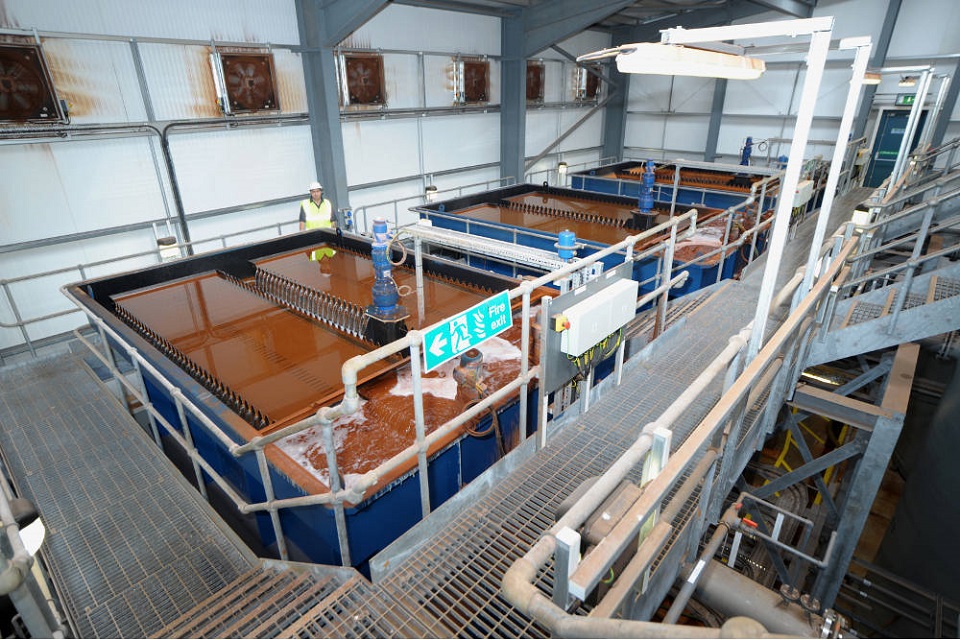
DEYING WASTE WATER
The real problem behind industrial textile wastewater is that it is extremely carcinogenic in nature, it causes allergies and it produces toxic compounds in addition to other environmental issues. Textile dyes have a high importance due to being colorful, in addition different dyes have different significance in individual societies and their use is a significant concern in the modern world. However, these textile dyes, after cleaning or washing of textile fibers after the color is added produce huge environmental pollution. Wastewater produced by the textile industry and similar materials, in addition to containing organic pollutants that are generally expressed in COD, BOD and heavy metals, also contains long-chain organic dyes that are relatively difficult to process using biological processes. Textile wastewater treatment is allowed to work effectively with appropriate construction and operational costs.
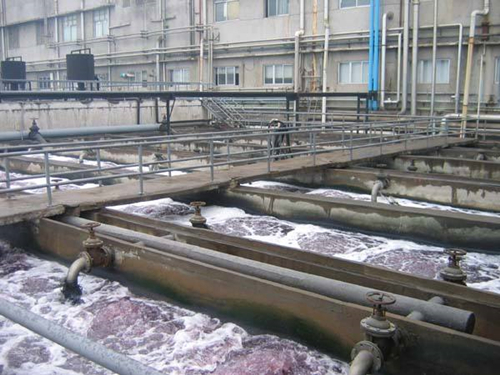
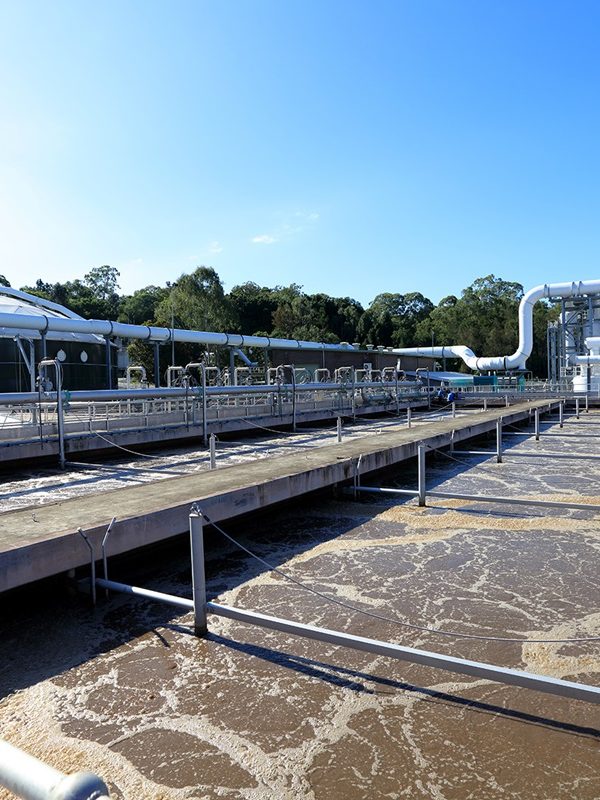
DOMESTIC WASTE WATER
The characteristics of domestic wastewater (gray and black water) have significant differences. “Gray water” wastewater contains a lot of oil and fat elements. “Black water” wastewater contains more organic content and high suspension / density. This domestic wastewater generally consists of waste that is partly in the form of a solution and partly a suspension solution. In addition, domestic wastewater contains many organic substances that are useful for saprophytic microorganisms, namely decomposing organisms. It is unstable, biodegradable and causes a foul odor. Broadly speaking, the characteristics of domestic wastewater consist of 3 main components, namely physical, chemical and biological characteristics. These characteristics have different threshold values from policies issued by the government, both central and local governments.
Domestic waste treatment concentrates on the removal of fats and oils, the supply of oxygen used to degrade dissolved organic matter and ensure the pH of the water is at the threshold allowed by applicable regulations and control the number of microbes that will enter the water body. with the target parameters of pH, BOD, COD, TSS, oil and grease, ammonia and total ecoli bacteria, effective and efficient waste treatment is needed.
DOMESTIC WASTE WATER
Leachate water, which contains dangerous chemicals, becomes a threat to groundwater. Leachate consists of water and water-soluble compounds that accumulate as water moves through the landfill. This water may come from rain or from the waste itself. Leachate can migrate from the landfill and contaminate soil and groundwater, posing risks to human health and the environment.
Leachates are defined as the aqueous effluent generated as a consequence of rainwater percolation through wastes, biochemical processes in waste’s cells and the inherent water content of wastes themselves. Leachates may contain large amounts of organic matter (biodegradable, but also refractory to biodegradation), where humic-type constituents consist an important group, as well as ammonia-nitrogen, heavy metals, chlorinated organic and inorganic salts. The removal of organic material based on chemical oxygen demand (COD), biological oxygen demand (BOD) and ammonium from leachate is the usual prerequisite before discharging the leachates into natural waters.
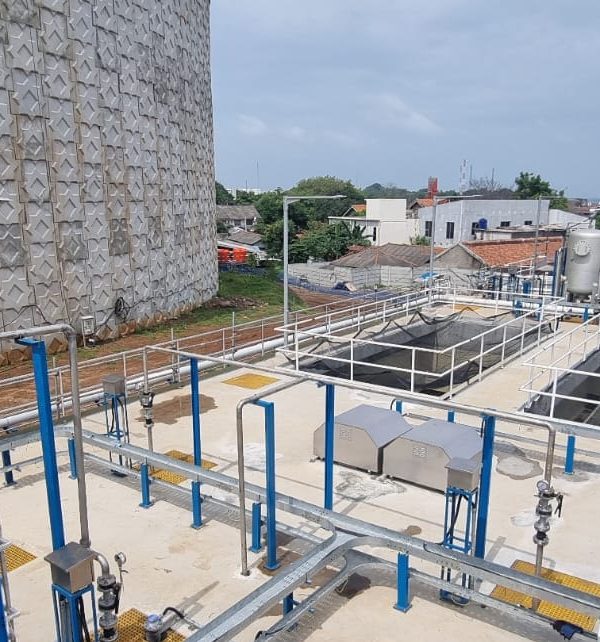
Our Project
Interested in Our Products ?


